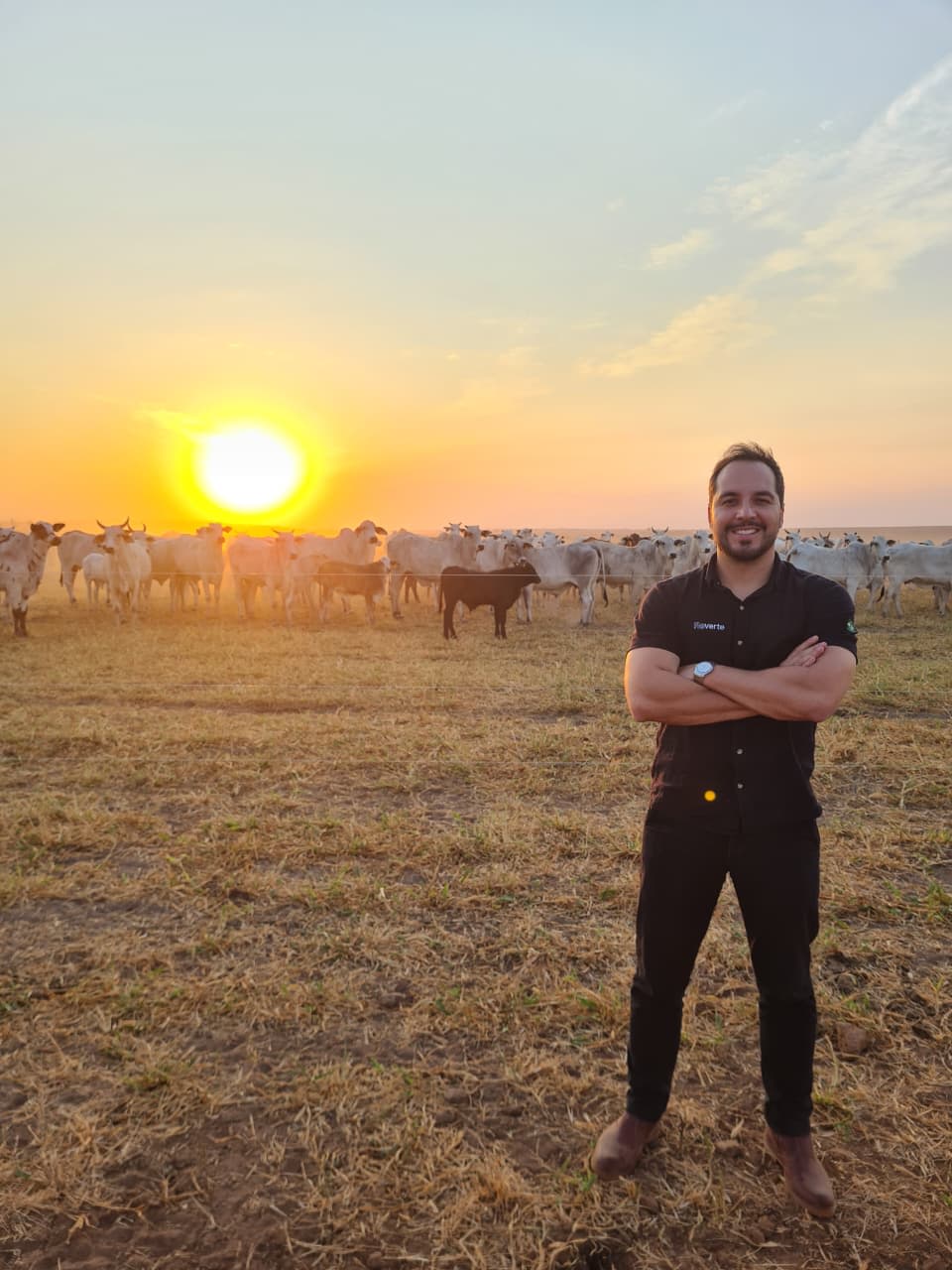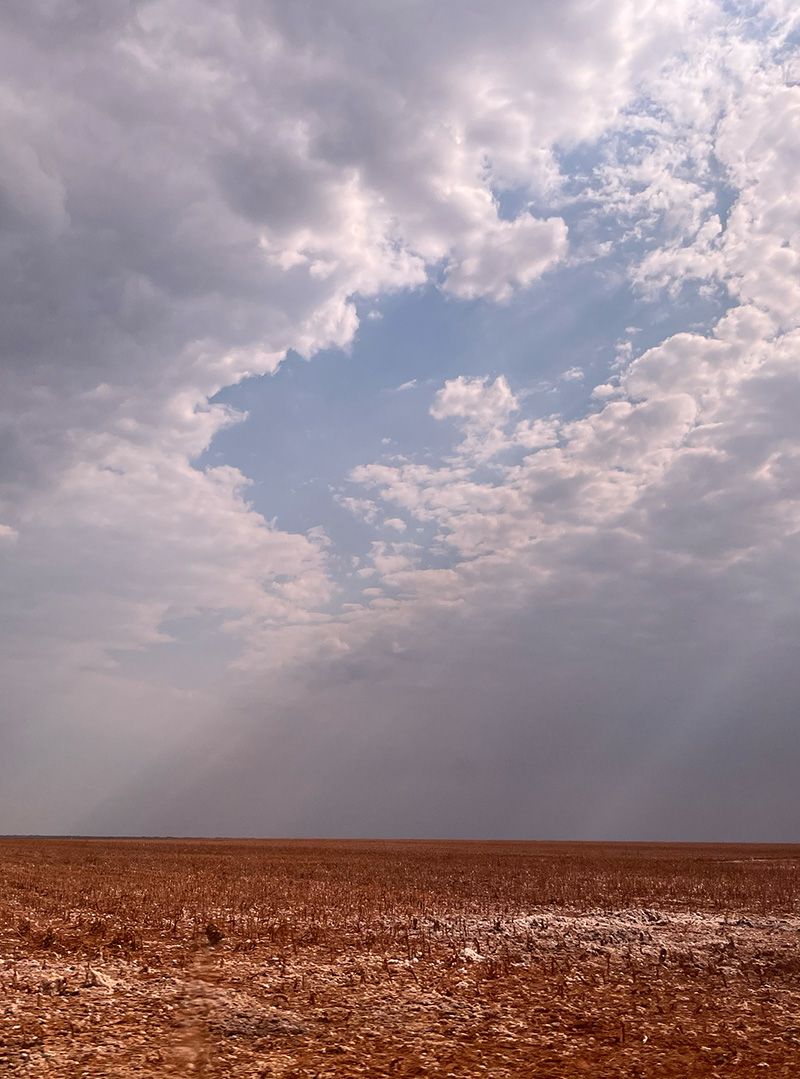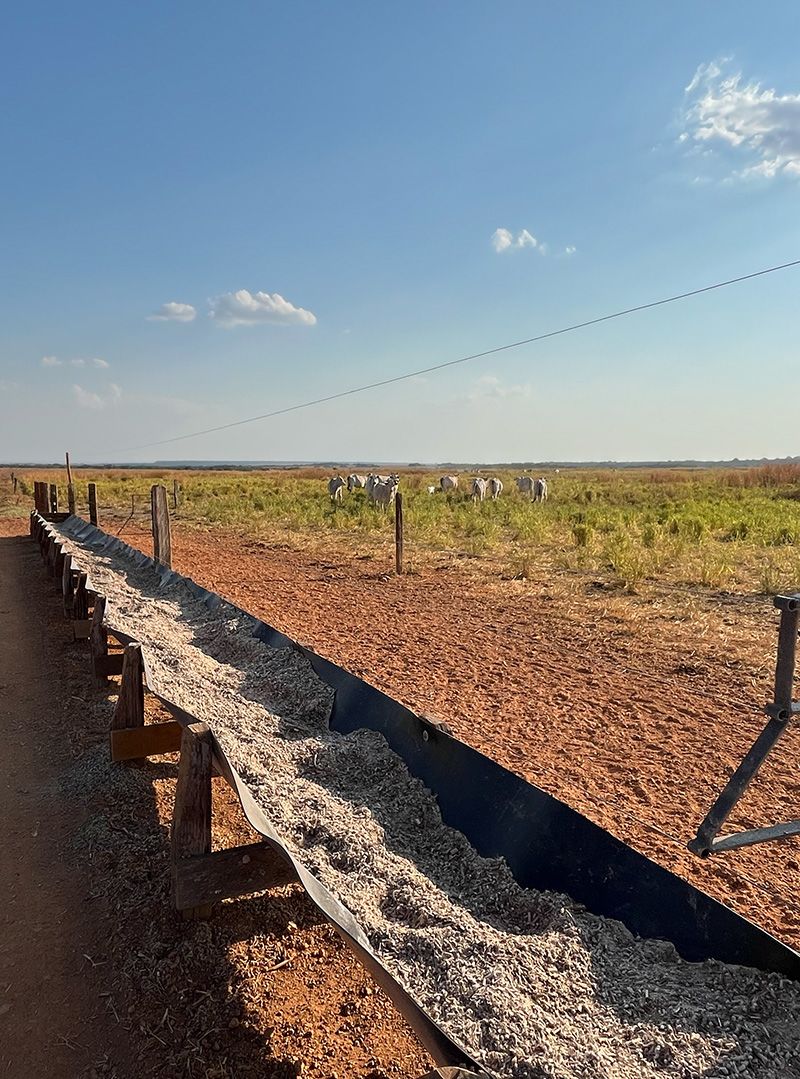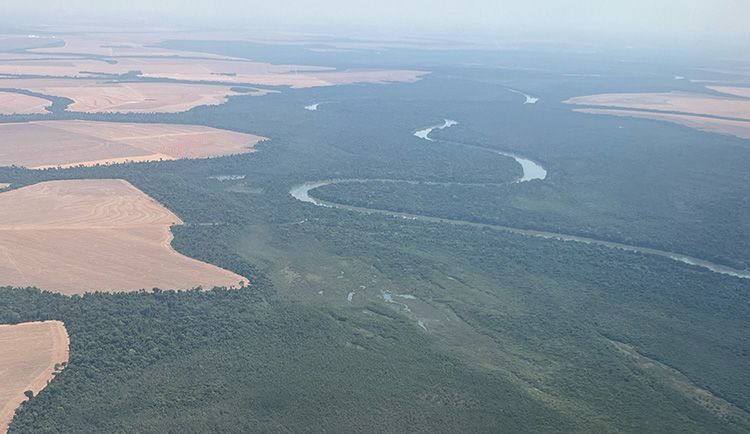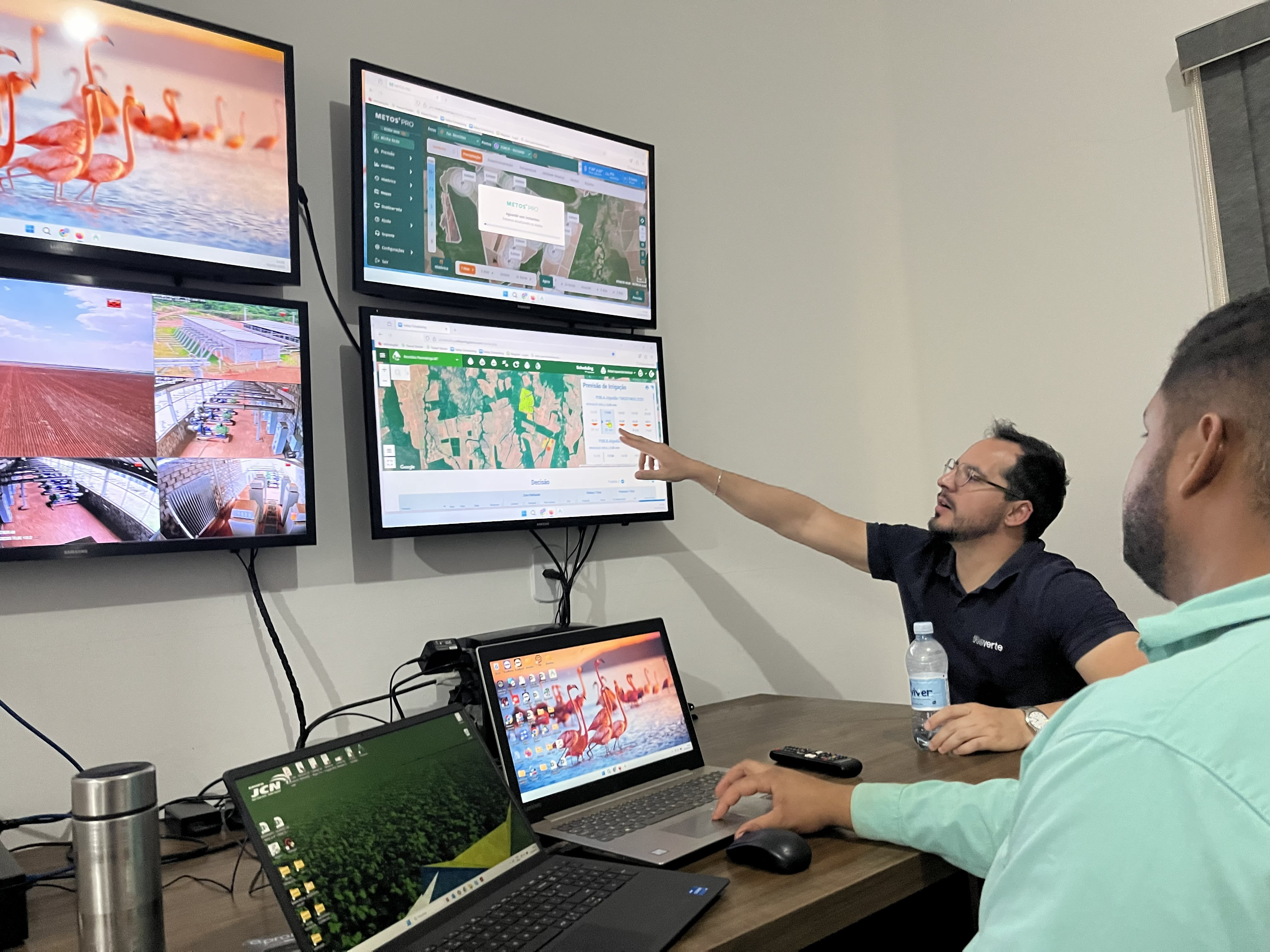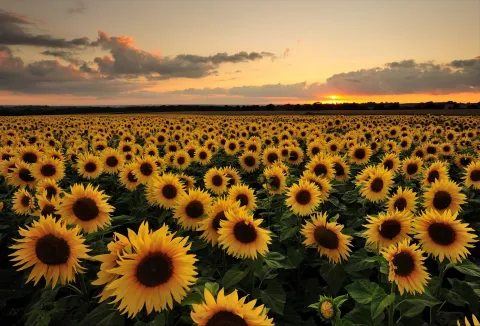Breathing life back into lost land
How Syngenta’s REVERTE® project is restoring degraded pasture in Brazil
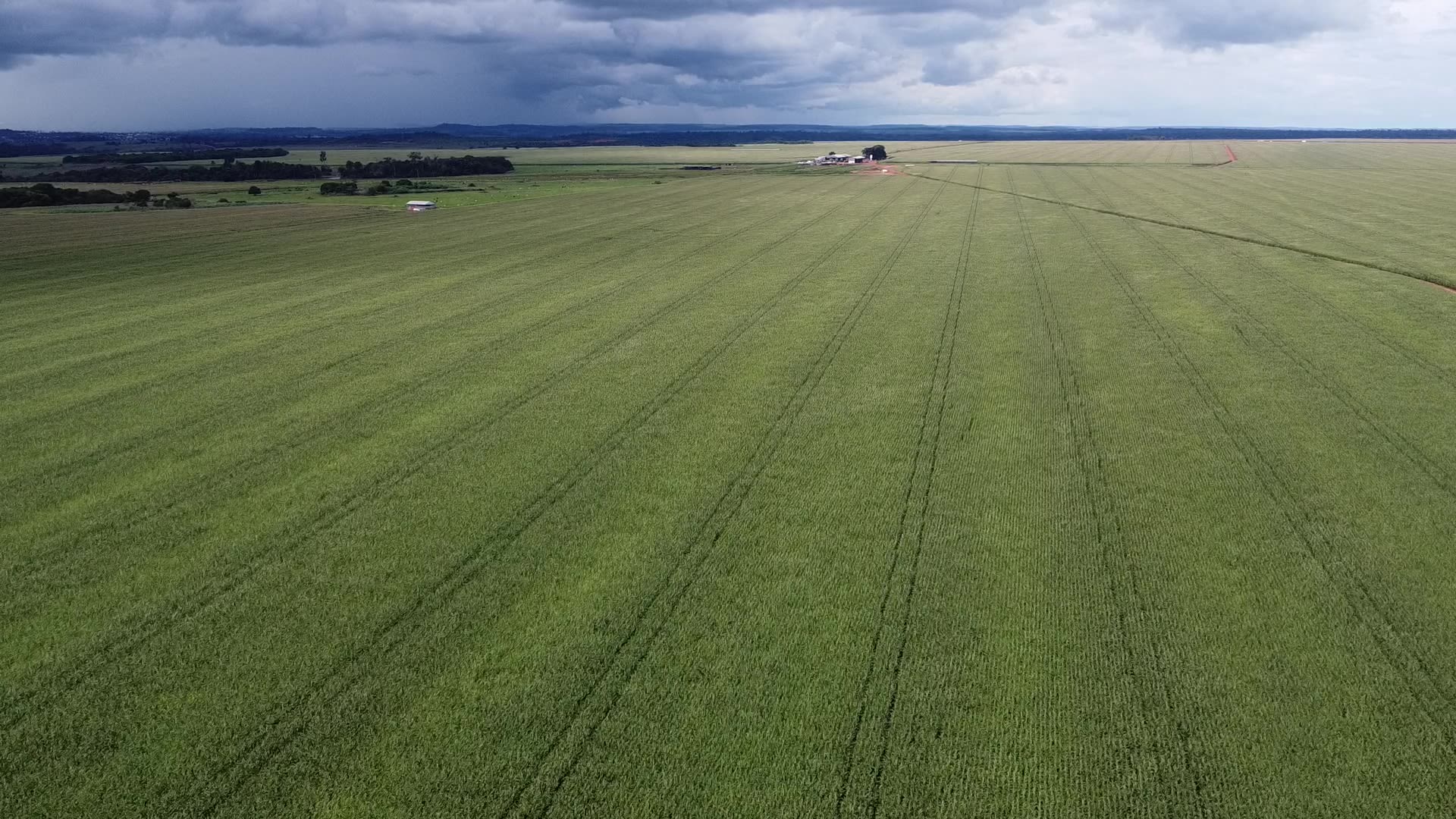
For the last four years, a sweeping transformation has been reshaping Brazil’s agricultural heartland. Across thousands of hectares, degraded pasture is being restored to productive farmland through a long-term recovery process that is proving both economically viable and environmentally beneficial.
This is REVERTE®, a groundbreaking project with the goal to restore one million hectares of degraded land across Brazil by 2030.
This year, Syngenta is celebrating its 25th anniversary. Check out more of our stories about innovation.
This year, Syngenta is celebrating its 25th anniversary. Check out more of our stories about innovation.
For the last four years, a sweeping transformation has been reshaping Brazil’s agricultural heartland. Across thousands of hectares, degraded pasture is being restored to productive farmland through a long-term recovery process that is proving both economically viable and environmentally beneficial.
This is REVERTE®, a groundbreaking project with the goal to restore one million hectares of degraded land across Brazil by 2030.
This year, Syngenta is celebrating its 25th anniversary.
This year, Syngenta is celebrating its 25th anniversary.
What is REVERTE®?
Originally designed by Syngenta and The Nature Conservancy (TNC) in 2019, the original focus of the project was on the Cerrado region, due to the size of the opportunity that the biome presents. Here there are 18 million hectares of degraded areas and important opportunities for the conservation of natural habitats.
Syngenta Group’s goal is for 1 million hectares of degraded land to be recovered and turned into productive areas throughout Brazil by 2030. A significant portion of the work remains in the Cerrado biome, where Syngenta continues to partner with TNC.
Since 2021, Itau BBA Bank offers a credit line to growers as part of the program who follow the required socio-environmental criteria.
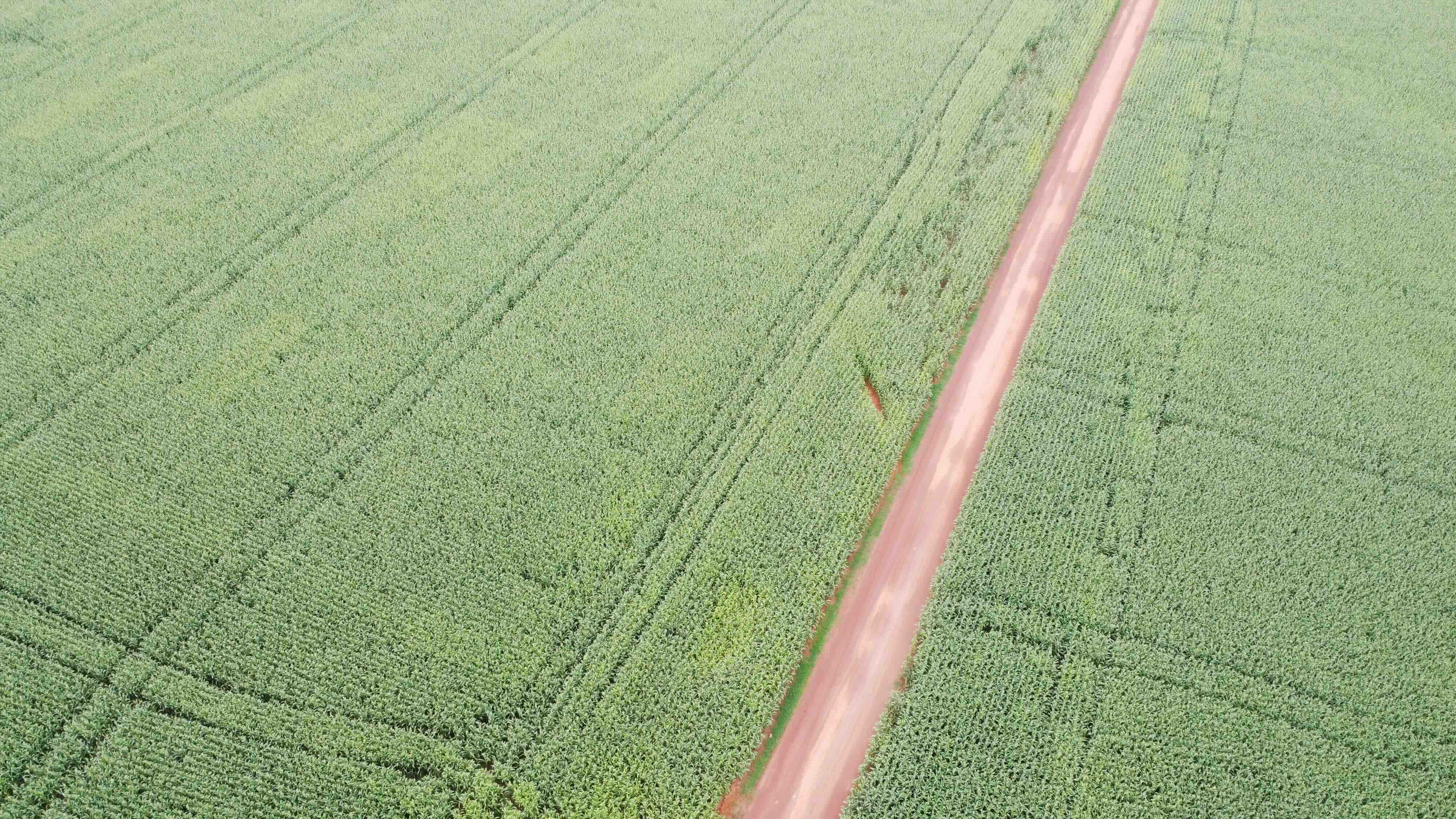
Gabriel Moura, REVERTE® coordinator at Syngenta, works closely with colleagues from The Nature Conservancy. He explains that Brazil’s size - the country covers nearly half of South America’s landmass - makes restoring land a colossal challenge, but also an extraordinary opportunity.
Gabriel Moura, REVERTE® coordinator at Syngenta.
Gabriel Moura, REVERTE® coordinator at Syngenta.
“When we look at the surface area of Brazil, around 19 percent of the total is degraded pastureland. That’s almost 160 million hectares. Of that, around 35 million hectares have significant agriculture potential,” Moura says.
Opportunity and cost
The roots of this degradation stretch back generations, driven by complex historical factors. As the use of agricultural land has expanded into Brazil’s tropical climates, productivity has soared but factors such as intense monocropping and overgrazing have had an environmental impact.
Given the scale of Brazil and the vast areas that farmers operate, moving herds on and clearing additional land was simply easier than trying to restore the degraded land left behind.
Much of this land is in the Cerrado region, a vast and ecologically vital biome that harbors immense plant and animal biodiversity, as well as some of Brazil’s most important water sources.
When degraded land is brought back into production, the positive impacts are manifold. Restoring land means increasing agricultural productivity on the same amount of land. It means improving soil health, whilst also protecting and enhancing the region’s biodiversity and unique environment.
Yet despite these benefits, land restoration has remained elusive for a simple reason: cost.
“For land restoration to be effective, it needs a set of frameworks and financial incentives to support new practices for farmers,” explains Moura.
This is where REVERTE® changes the equation. Its success rests on three pillars – financial support, rigorous environmental criteria and expert agronomic advice.
Factors such as intense monocropping and overgrazing have had an environmental impact.
Factors such as intense monocropping and overgrazing have had an environmental impact.
Factors such as intense monocropping and overgrazing have had an environmental impact.
Factors such as intense monocropping and overgrazing have had an environmental impact.
Financing the future
Taking on the challenge of restoring degraded pasture isn’t simply about trying new approaches. It requires both capital and time to see strong results.
As Moura explains: “We started with the question of how do we help the farmer? They need to buy limestone to improve the soil, they need new equipment like tractors. They need harvesters or even new buildings like silos to store their soybeans.”
The solution: 10-year loans offered by Banco Itaú, deliberately structured to give farmers breathing room. “Farmers don’t need to start paying off the principal loan until the third year of the project,” says Moura. This means they have capital to invest in improving the land and a grace period before major repayments begin.
Restoring land in this way doesn’t depend on short-term returns but allows for long-term planning and the appropriate financial support to mitigate the risks involved in bringing land back into production.
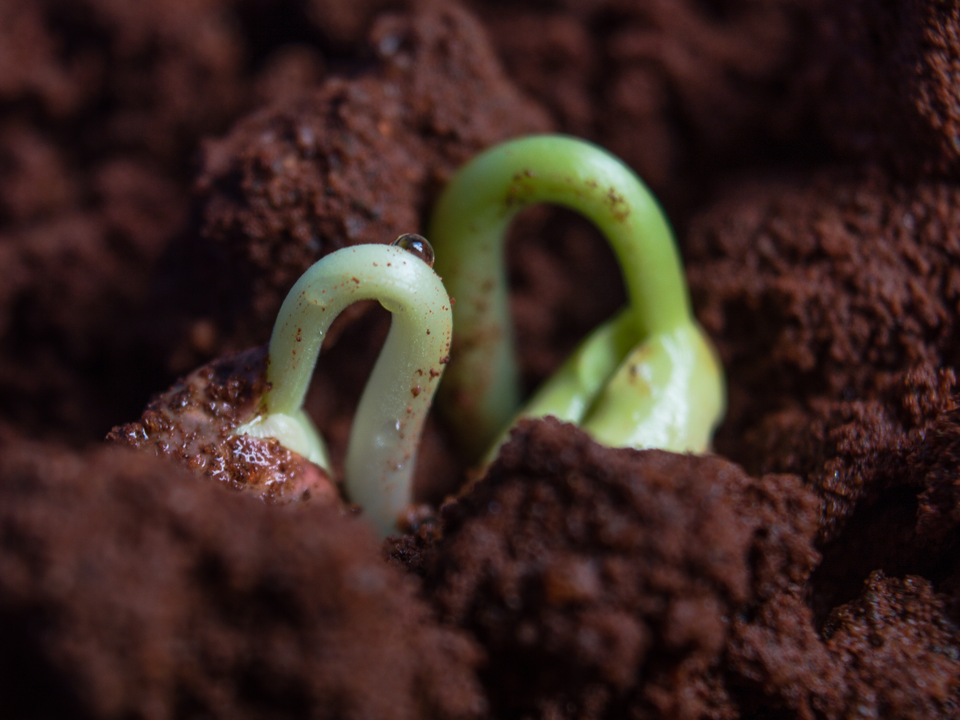
Rigorous restoration
With the financial tools in place the other vital aspect of the project is a rigorous set of environmental criteria.
"The farmers who participate in the REVERTE® project today are farmers who want to work with the environment. To guide that work and to ensure the rigor of the program there are criteria that were developed with The Nature Conservancy that go above and beyond the environmental laws of Brazil,” explains Moura.
One of the most important parts of the environmental criteria is the preservation of natural vegetation and forests.
The preservation of natural vegetation and forests is a key element of the project.
The preservation of natural vegetation and forests is a key element of the project.
Given the complexity of Brazil’s eco-systems, clearing land for agriculture can only happen with government permission and there are strict rules about the percentage of land that can be cleared. For example, in the Amazonian biome, only 20 percent of land used for economic activity like agriculture can be cleared of native vegetation.
“To comply with the project standards, there can be no deforestation on a farm after 2018 – this could be done legally but we want this target as an important environmental commitment,” says Moura.
In fact, one of the larger REVERTE® farms has its own plant nursery on site to actively reforest the area, planting up to 50,000 native plants a year.
Moura explains that these targets are essential to “show that this program is not only a financial solution, but an environmental program. We’re here to help farmers’ businesses and help them protect the local environment.”
Syngenta's Gabriel Moura monitoring irrigation levels with a REVERTE® farmer.
Syngenta's Gabriel Moura monitoring irrigation levels with a REVERTE® farmer.
Power of partnership
The final pillar of the project is the close relationship built between REVERTE® farmers and on-the-ground experts.
While Brazil’s agriculture industry is sophisticated, restoring degraded and unproductive land means new practices and developing specialized knowledge.
Syngenta’s team has developed protocols to guide farmers through the restoration process.
“We have close relationships with the REVERTE® farms and take them through the process stepwise, from initially grading their soil to introducing much-needed elements like limestone to raise the pH of acidic soils,” explains Moura.
From there, the process could involve planting soybeans for nitrogen fixation or using cover crops to boost soil organic matter.
Moura says: “Every farmer gets a tailored plan and expert agronomic advice as well as access to Syngenta biologicals, seeds and other products as appropriate to their needs.”
Case study:
The first REVERTE® farmer in Brazil
How REVERTE® is making a dramatic difference on the ground
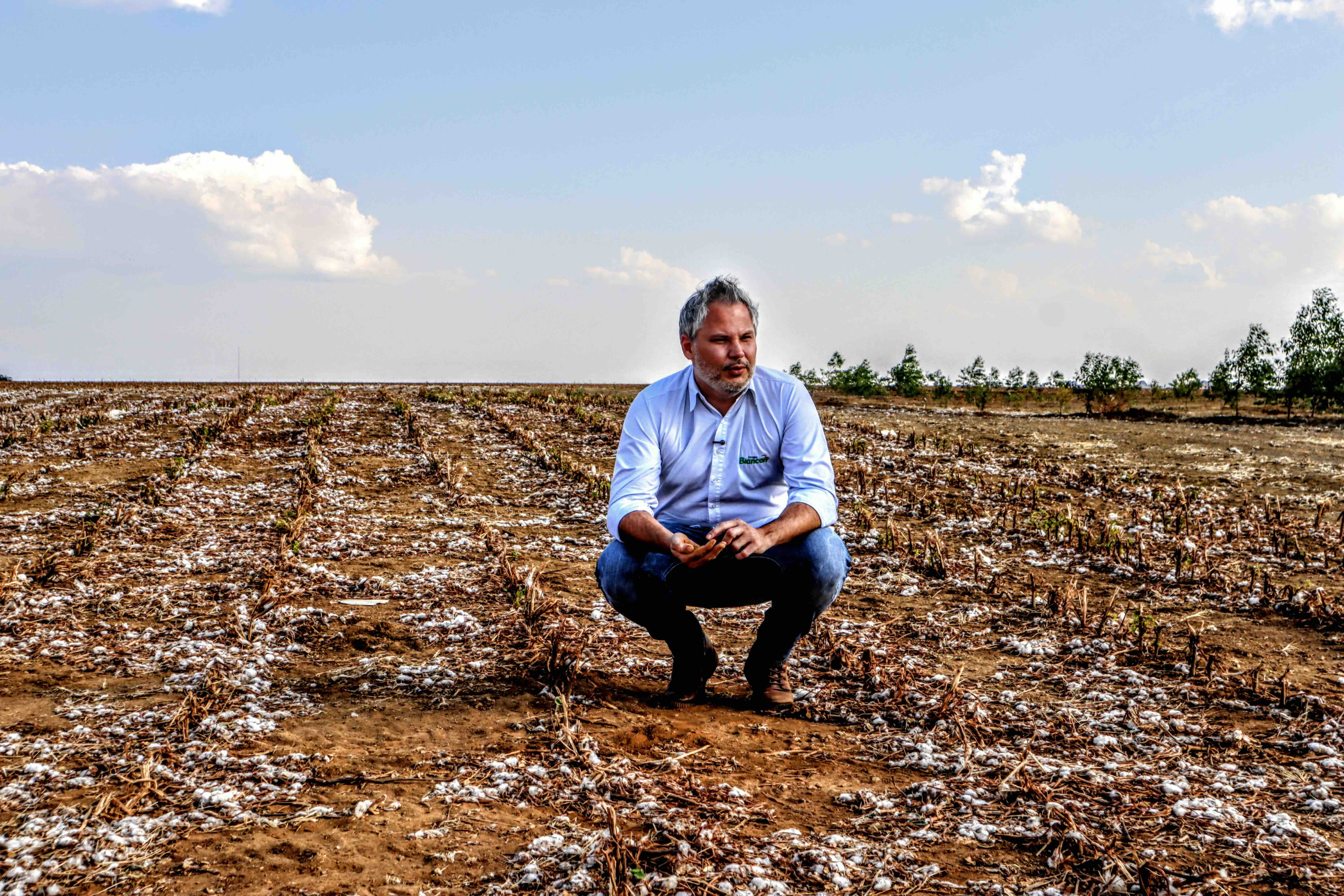
The first REVERTE® farmer in Brazil
How REVERTE® is making a dramatic difference on the ground

Impact at scale
Across Brazil, 277,700 hectares of land are undergoing restoration to date as part of the REVERTE® project. This is equivalent to an area more than three times the size of New York City, now with vastly improved productivity, better soil health, and enhanced environmental sustainability.
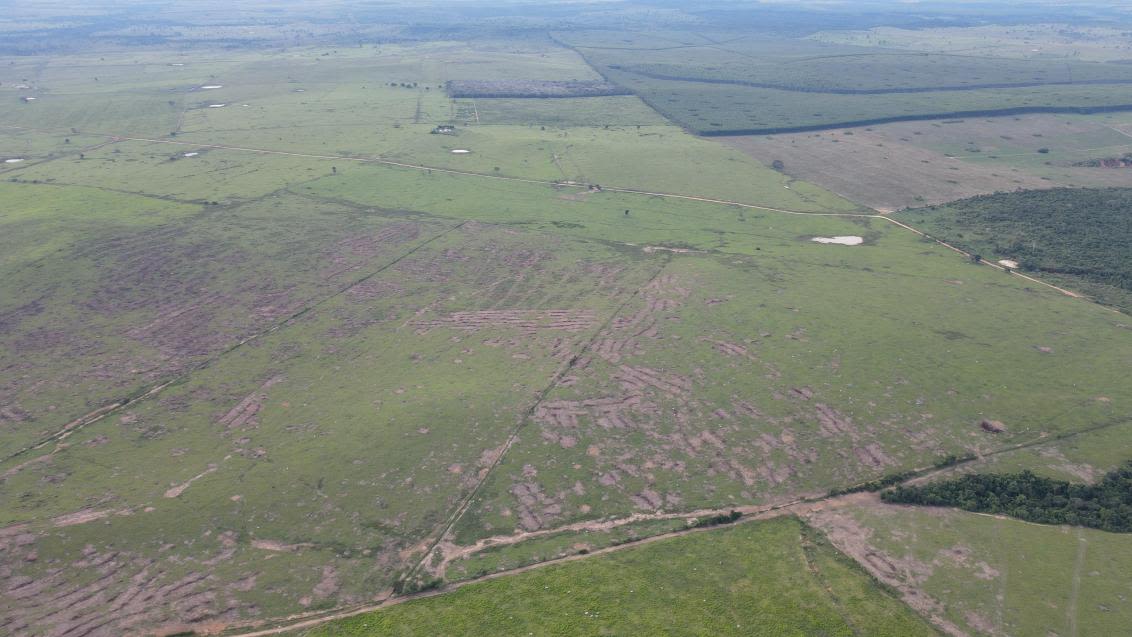
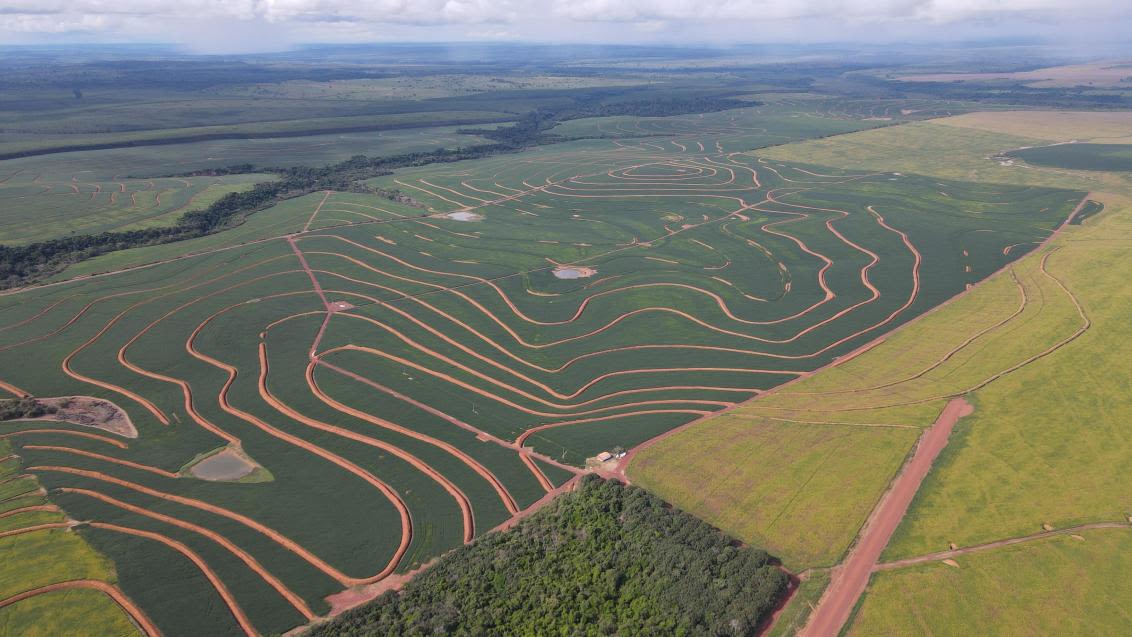
Given the program’s rigorous environmental criteria, the REVERTE® team has calculated that a further 30,000 hectares of vegetation that may otherwise have been destroyed have been preserved.
REVERTE® has so far disbursed over $377 million to farmers, helping cover costs for investing in high-yield soybeans, modern equipment and essential infrastructure like storage buildings.
Moura says: “We are proving that the future of agriculture is working to boost productivity and at the same time, restore land – farmers across the country need to meet higher yields with a lower impact and this is exactly what REVERTE® enables.”

This year, Syngenta is celebrating its 25th anniversary. We are proud of our continuous innovation and contribution to the food system over the past quarter century. Check out more of our stories about innovation.
This year, Syngenta is celebrating its 25th anniversary. We are proud of our continuous innovation and contribution to the food system over the past quarter century. Check out more of our stories about innovation.



